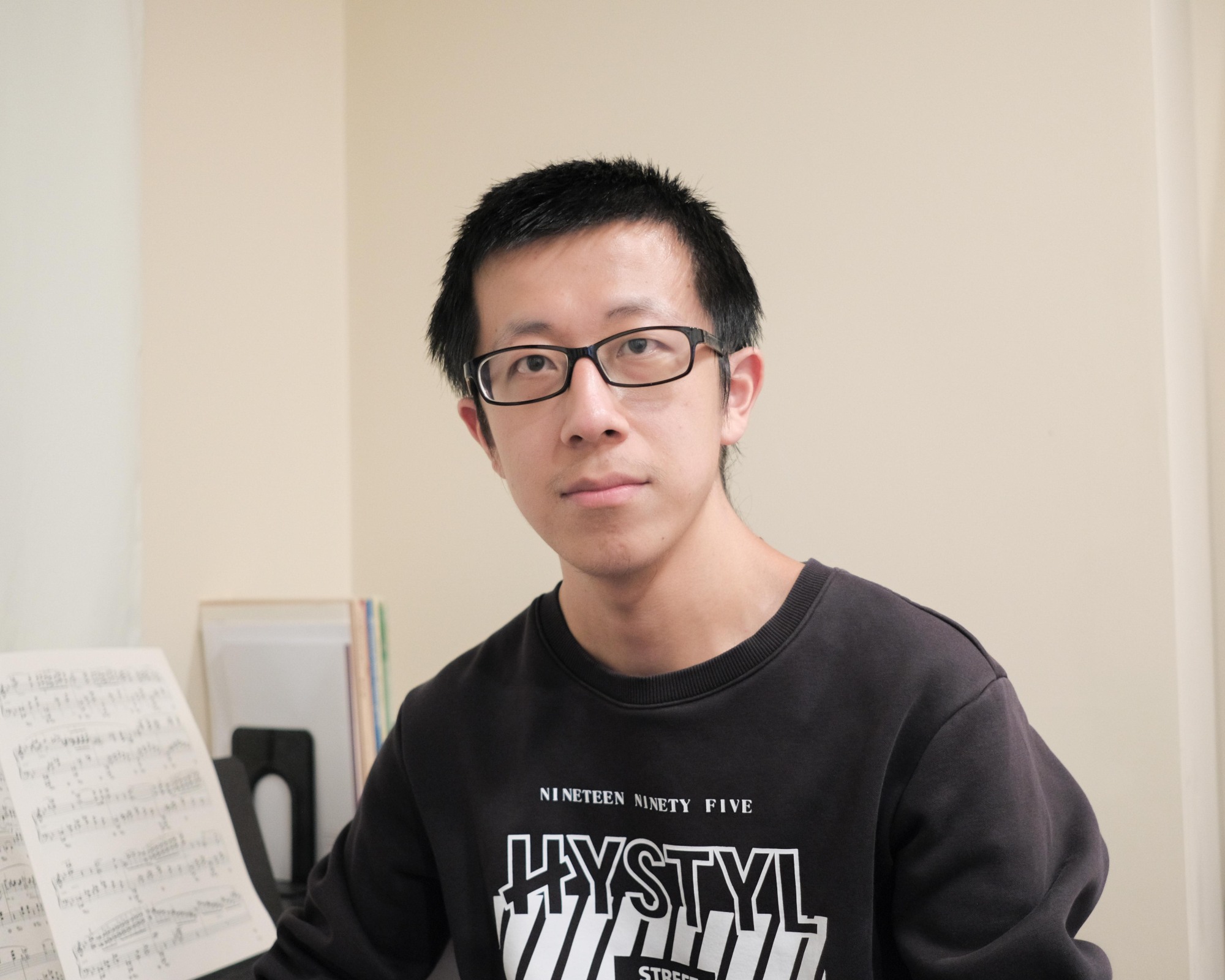Scattering amplitudes are fundamental quantities in quantum field theory that encode the probabilities and patterns of particle interactions, providing valuable insights into the behavior and underlying structure of the physical world. Starting from the 1940s, the most powerful and basic rules to study scattering amplitudes are Feynman diagrams. These calculations become enormously complicated as the loop level and multiplicity of the amplitudes increases, but in many cases, the final amplitudes will become surprisingly simple — pages of formulas from Feynman diagrams would collapse into a few single terms. Therefore, in recent decades physicists have been looking for simpler ways to calculate them in order to circumvent those complexities.
One very powerful tool, developed by Yale mathematician Professor Goncharov, together with Professors Spradlin and Volovich, and Professor Cristian Vergu from Niels Bohr Institute in 2011, uses a representation of amplitudes in terms of symbols that indicate their singularity structure as a function of the energies and momenta of the particles. The symbol alphabets found in scattering amplitudes have many deep and fascinating mathematical properties and have brought a great number of progresses in computing explicit amplitudes in many theories, such as maximally-supersymmetric Yang-Mills theory and QCD.
Lecheng Ren and his advisor, Professor Volovich, together with Professor Spradlin, have been using tensor diagrams to study the patterns of the symbol alphabets. According to their studies, the symbols can be related to a certain subset of web diagrams, a special type of tensor diagrams. The tensor diagrams can help visualize the structure of symbol alphabets (especially the more complicated ones) and make the non-trivial identities manifest. Another advantage of tensor diagrams is that it provides a bridge between symbol alphabets and polytopes associated with an underlying Grassmannian, which can help make predictions on symbol alphabets in more complicated scattering processes.
In more recent work Lecheng Ren, together with Professors Spradlin and Volovich and, along with Professor Vergu, found an explicit analytic result for a certain class of amplitudes whose symbols have been known for several years. In their study, such amplitudes are combinations of volumes of hyperbolic orthoscheme (a special type of hyperbolic simplices), using recent work by mathematician Professor Rudenko from the University of Chicago.
Along with Dr. Chi Zhang from Niels Bohr Institute, Lecheng Ren is also working on computing the symbol structure of a more complicated class of amplitudes. According to their study, such amplitudes can be represented by some simpler amplitudes, which has been fully understood by physicists for years, in a polylogarithmic integral that can be performed via the dlog-form prescription.
There are still many interesting questions to be studied in the future. The Galkin Fellowship will allow Lecheng Ren to focus his attention on these problems and to continue exploring the mathematical structure of amplitudes from the explicitly computed results, including those completed by Ren and collaborators. On the other hand, discovering the new hidden mathematical properties will make previously difficult calculations possible.
 RI native Warren Galkin graduated from Brown University with an Sc.B. in Physics in 1951 and received an MBA from The Wharton School of the University of Pennsylvania. He established physics and brain science fellowships at Brown, including the Galkin Foundation Fellowship, awarded each academic year to one outstanding senior graduate student in the Department of Physics.
RI native Warren Galkin graduated from Brown University with an Sc.B. in Physics in 1951 and received an MBA from The Wharton School of the University of Pennsylvania. He established physics and brain science fellowships at Brown, including the Galkin Foundation Fellowship, awarded each academic year to one outstanding senior graduate student in the Department of Physics.